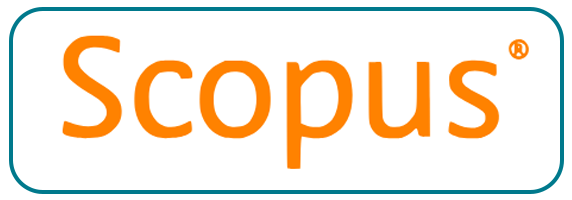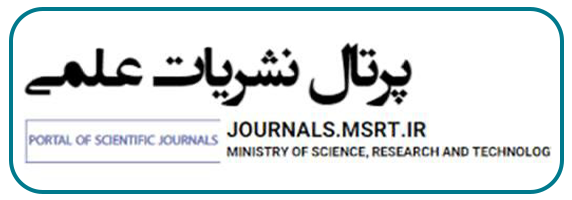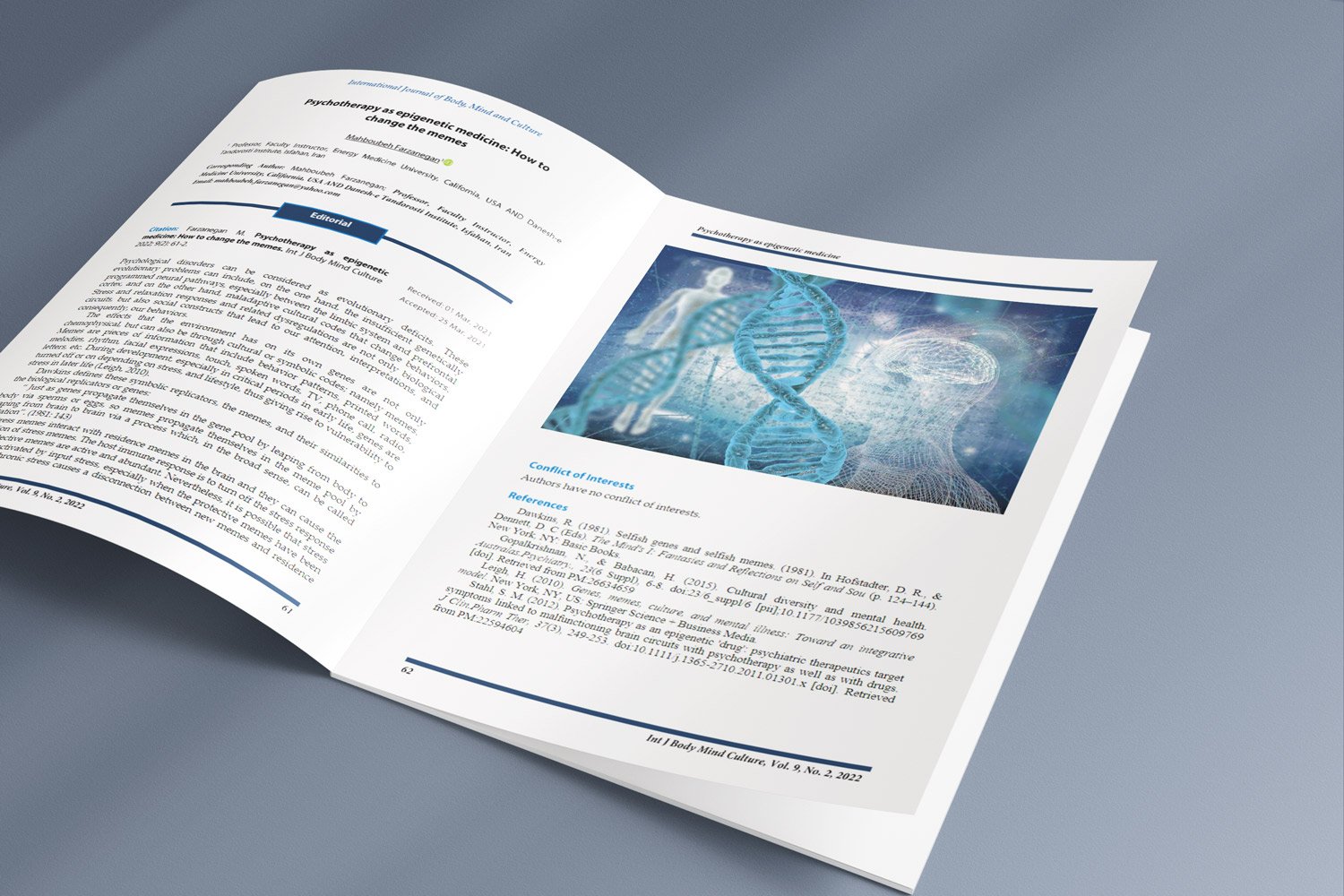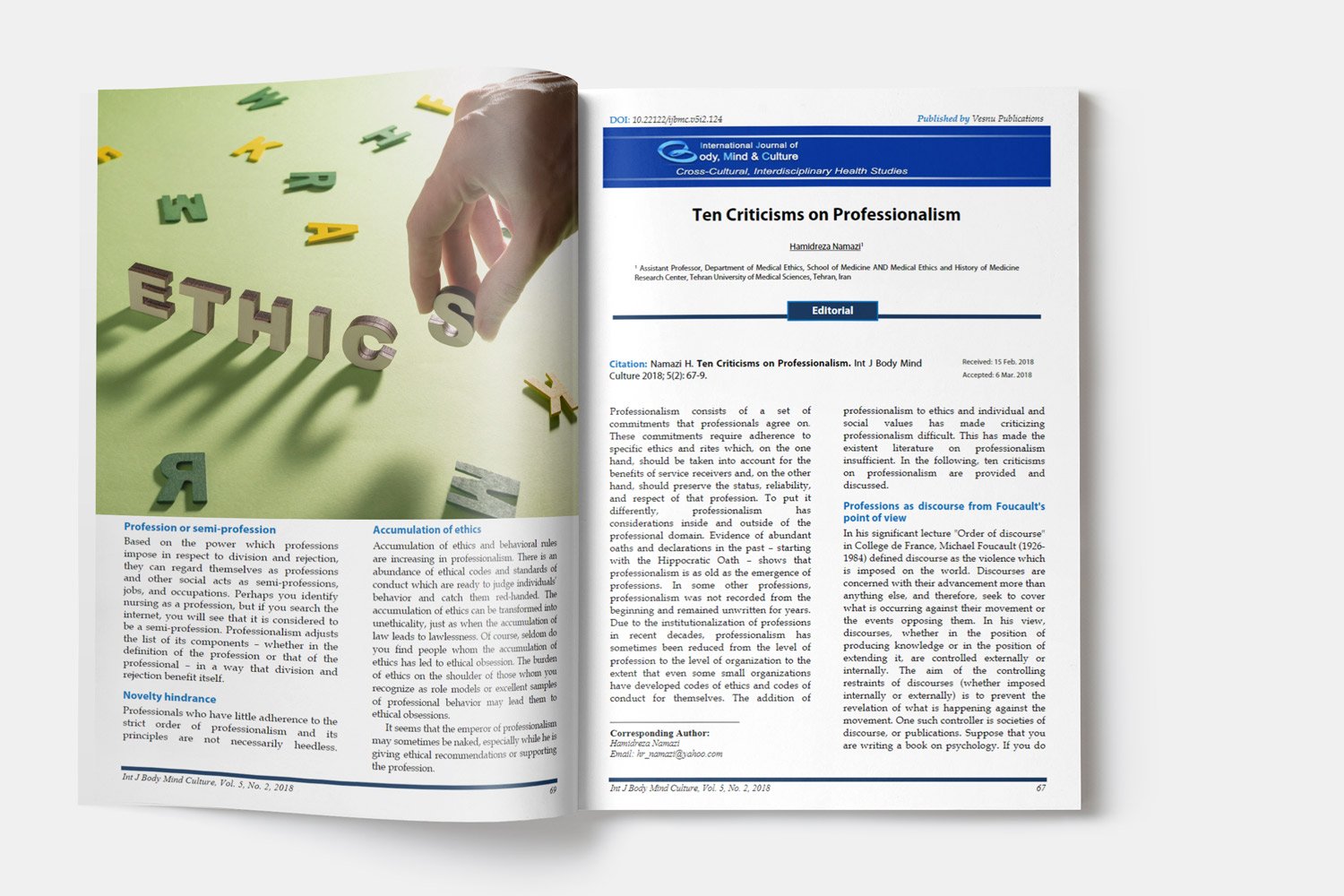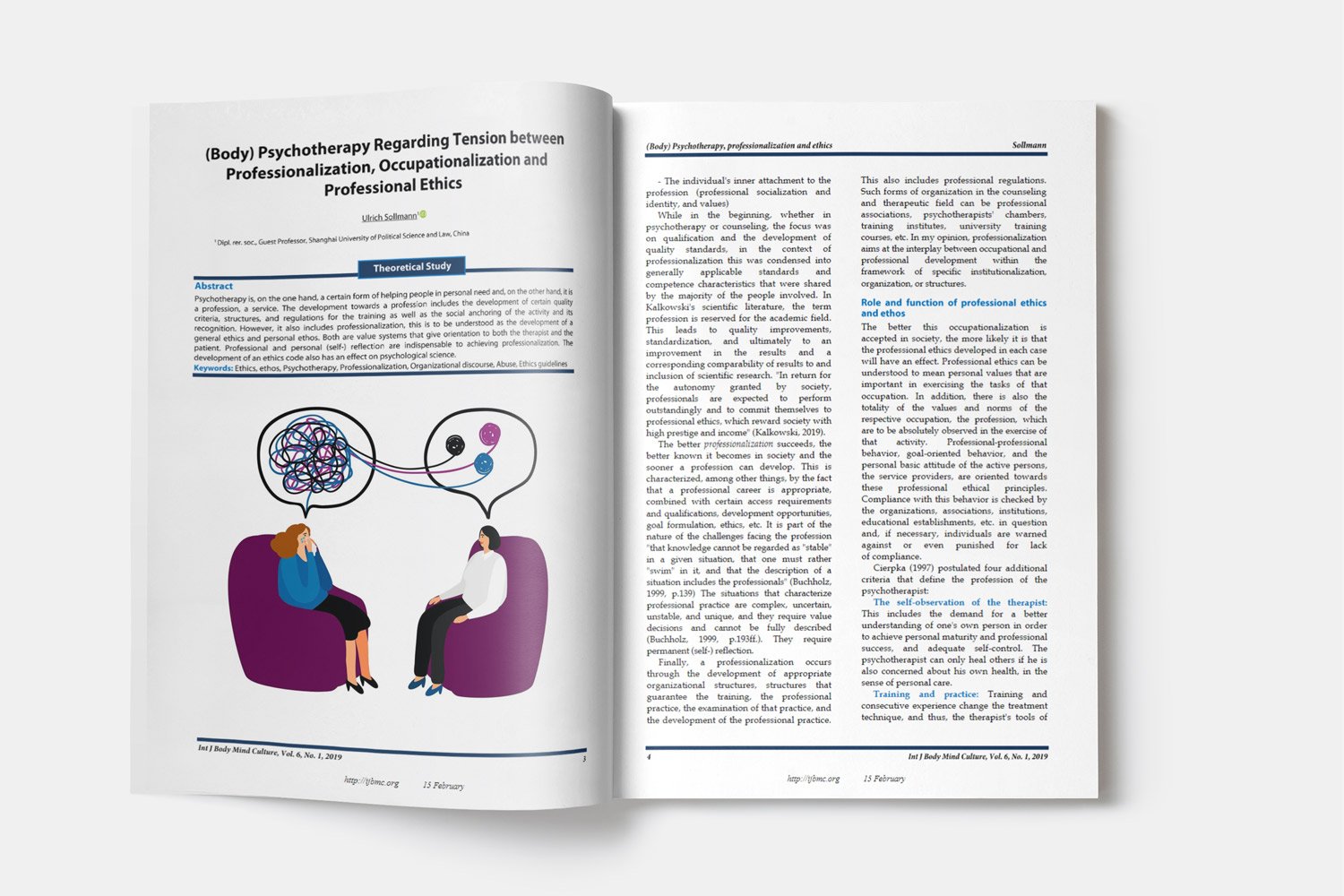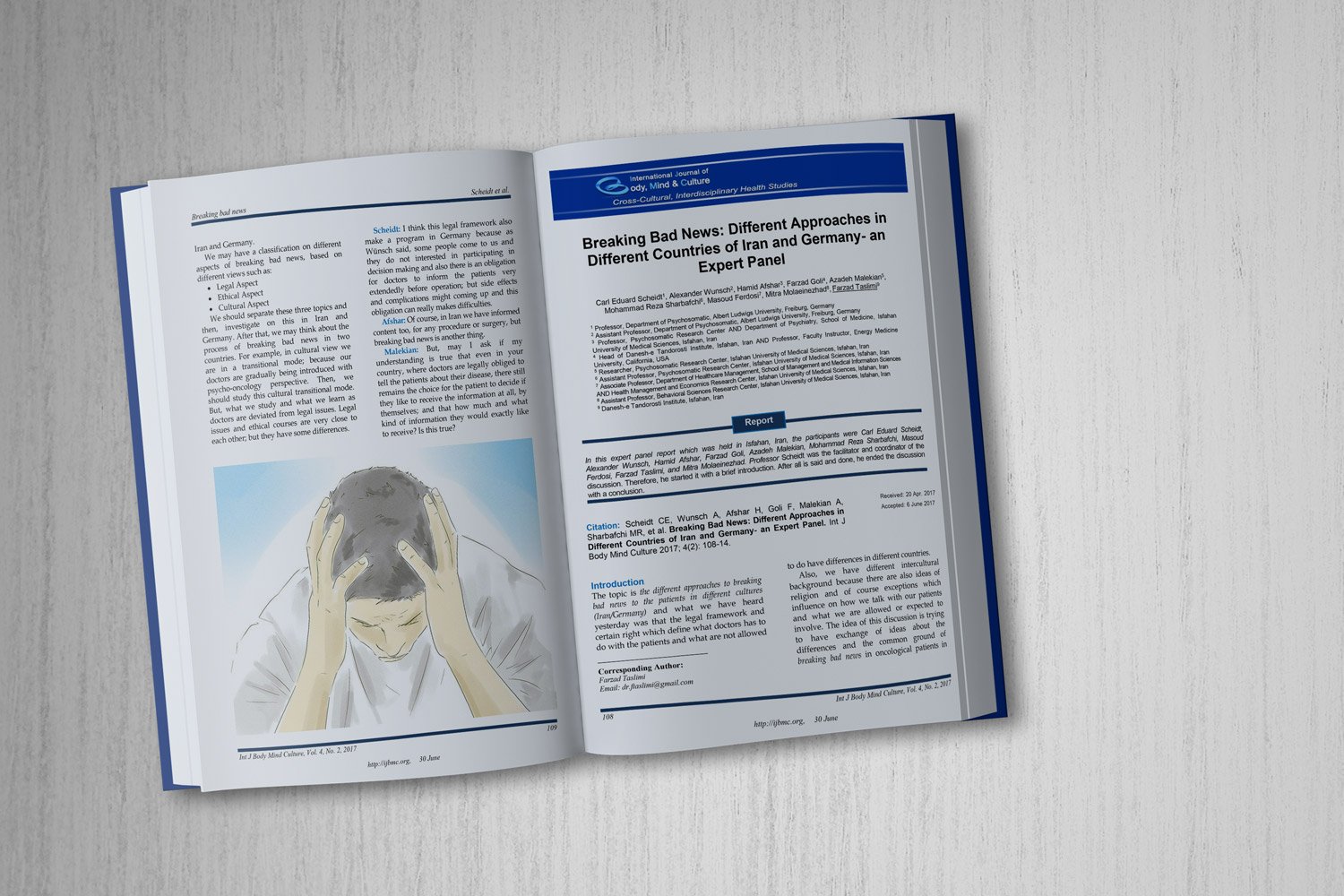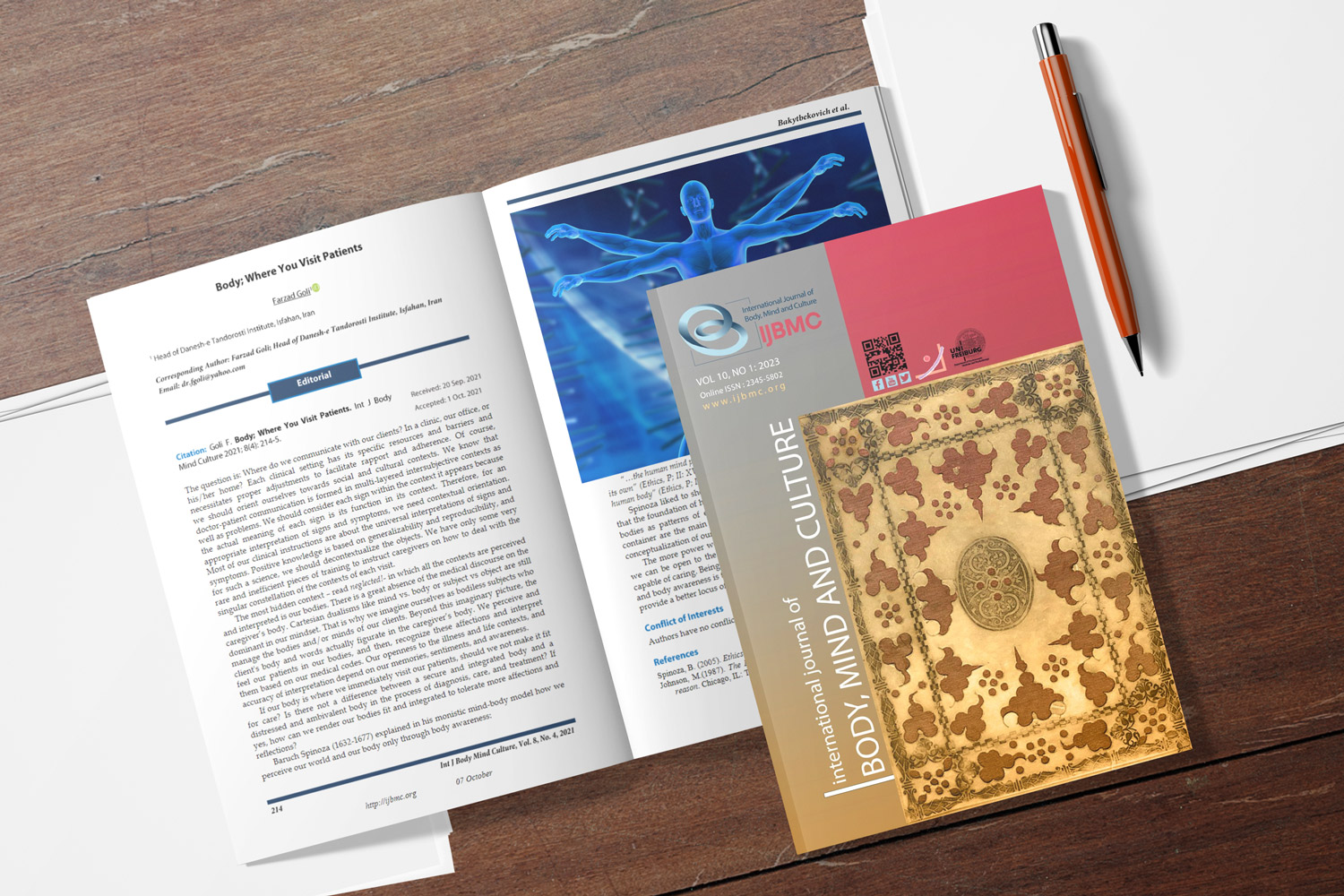Assessment of Awareness of High-Risk Sexual Activities in Male Students of a Medical University
Awareness of high-risk sexual activities
Downloads
Background: High-risk sexual activities are a major social concern. Thus, the present study was conducted with the aim to assess the awareness of male medical students regarding high-risk sexual behaviors.
Methods: This cross-sectional study was performed on 86 male students who had been studying at Shahid Beheshti University in 2018-19. We used a researcher-made checklist. The demographic information of students and their knowledge of sexually transmitted diseases (STDs), STD treatments and prevention methods, and human papillomavirus (HPV) were assessed. They were also asked about their Gardasil and Hepatitis B vaccination stage. The collected data were analyzed in SPSS software.
Results: We found that 58.1% of students were sexually active. Moreover, 37.25% of them reported receiving sex education from their parents or at schools. Although 93% of students knew at least one contraceptive device, 20.9% of them had experienced high-risk sexual relationships, which is significantly high. However, none of the students had acquired an STD. In addition, 89.0% and 75.0% of students had knowledge of STDs and their prevention methods, respectively. 68.19% of students had knowledge about HPV. Students were well informed about vaccines against STDs; however, only 18.6% of them were vaccinated.
Conclusion: Overall, students were well informed. A considerable number of them had experienced high-risk sexual activities. It seems that our high rates are due to the fact that we only assessed medical students. We recommend that authorities in the education system reconsider their attitude toward this issue and include sex education in the medical education curriculum in order to prevent these infections.
Downloads
Abbasi-Ghahramanloo, A., Fotouhi, A., Zeraati, H., & Rahimi-Movaghar, A. (2015). Prescription drugs, alcohol, and illicit substance use and their correlations among medical sciences students in iran. Int J High Risk Behav Addict., 4(1), e21945. doi:10.5812/ijhrba.21945 [doi]. Retrieved from PM:25821750
Afshari, A., Barzegari, A., & Esmali, A. (2017). Prevalence of high-risk behaviors among students based on demographic variables. Journal of Psychology New Ideas, 1(4), 29-42. Retrieved from Journal of Psychology New Ideas.
Agardh, A., Cantor-Graae, E., & Ostergren, P. O. (2012). Youth, sexual risk-taking behavior, and mental health: a study of university students in Uganda. Int J Behav Med, 19(2), 208-216. doi:9159 [pii];10.1007/s12529-011-9159-4 [doi]. Retrieved from PM:21590465
Alipour, Z., Eskandari, N., & Mokhah, S. (2016). Evaluation of knowledge and attitude of non-medical students about AIDS. J Holist Nurs Midwifer, 26(1), 10-20.
Altaf, A., Janjua, N. Z., Kristensen, S., Zaidi, N. A., Memon, A., Hook, E. W. et al. (2009). High-risk behaviours among juvenile prison inmates in Pakistan. Public Health, 123(7), 470-475.
Atadokht, A., Ranjbar, M. j., Gholami, F., & Nazari, T. (2013). Students drive towards risk-taking behaviors and its relationship with demographic variables and psychological well-being. Journal of Health and Care, 15(4), 50-59.
Bagheri Nesami, M., Sabourian Jouybari, S., Mirani, H., & Alizadeh, M. (2015). Relationship between High-risk Behaviors and Academic Achievement and its Associated Factors among Students of Nursing and Midwifery. Tabari Biomed Stu Res J, 1(2), 20-30.
Barikani, A. (2008). High risk behaviors in adolescent students in Tehran. Iran J Psychiatry Clin Psychol, 14(2), 192-198.
Cook, R. L., McGinnis, K. A., Samet, J. H., Fiellin, D. A., Rodriguez-Barradas, M. C., Kraemer, K. L. et al. (2010). Erectile dysfunction drug receipt, risky sexual behavior and sexually transmitted diseases in HIV-infected and HIV-uninfected men. J Gen.Intern Med, 25(2), 115-121. doi:1164 [pii];10.1007/s11606-009-1164-9 [doi]. Retrieved from PM:19921112
Cooper, D. L., Zellner-Lawrence, T., Mubasher, M., Banerjee, A., & Hernandez, N. D. (2018). Examining HPV awareness, sexual behavior, and intent to receive the HPV vaccine among racial/ethnic male college students 18-27 years. Am.J Mens.Health, 12(6), 1966-1975. doi:10.1177_1557988318803163 [pii];10.1177/1557988318803163 [doi]. Retrieved from PM:30334489
Dehghani, E., Erfanian, F., Khadivzadeh, T., & Shakeri, M. T. (2019). The impact of a high-risk sexual behavior prevention program via mobile application on sexual knowledge and attitude of female students. J Midwifery Reprod Health, 7(1), 1491-1498.
Gokengin, D., Yamazhan, T., Ozkaya, D., Aytug, S., Ertem, E., Arda, B. et al. (2003). Sexual knowledge, attitudes, and risk behaviors of students in Turkey. J Sch Health, 73(7), 258-263. doi:10.1111/j.1746-1561.2003.tb06575.x [doi]. Retrieved from PM:14513628
Grad, A. I., Senila, S. C., Cosgarea, R., Tataru, A. D., Vesa, S. C., Vica, M. L. et al. (2018). Sexual behaviors, attitudes, and knowledge about sexually transmitted infections: a cross-sectional study in Romania. Acta Dermatovenerol.Croat., 26(1), 25-32. Retrieved from PM:29782296
Grunbaum, J. A., Kann, L., Kinchen, S. A., Williams, B., Ross, J. G., Lowry, R. et al. (2002). Youth risk behavior surveillance--United States, 2001. J Sch Health, 72(8), 313-328. doi:10.1111/j.1746-1561.2002.tb07917.x [doi]. Retrieved from PM:12389372
Hallfors, D. D., Waller, M. W., Ford, C. A., Halpern, C. T., Brodish, P. H., & Iritani, B. (2004). Adolescent depression and suicide risk: association with sex and drug behavior. Am. J Prev Med, 27(3), 224-231. doi:S0749-3797(04)00124-2 [pii];10.1016/j.amepre.2004.06.001 [doi]. Retrieved from PM:15450635
Huang, J., Bova, C., Fennie, K. P., Rogers, A., & Williams, A. B. (2005). Knowledge, attitudes, behaviors, and perceptions of risk related to HIV/AIDS among Chinese university students in Hunan, China. AIDS.Patient.Care STDS., 19(11), 769-777. doi:10.1089/apc.2005.19.769 [doi]. Retrieved from PM:16283837
Jackson, C., Henriksen, L., & Foshee, V. A. (1998). The Authoritative Parenting Index: Predicting health risk behaviors among children and adolescents. Health Educ Behav, 25(3), 319-337. doi:10.1177/109019819802500307 [doi]. Retrieved from PM:9615242
Jakic, M., Jaric-Klinovski, Z., Leko, V., & Jakic, M. (2004). The incidence of risk behaviours in high school students. Lijec.Vjesn., 126(5-6), 115-120. Retrieved from PM:15628677
Khademalhosseini, Z., Ahmadi, J., & Khademalhosseini, M. (2015). Prevalence of smoking, and its relationship with depression, and anxiety in a sample of Iranian high school students. Enliven: Pharmacovigil Drug Saf, 2(1), 001.
Kodjo, C. M., Auinger, P., & Ryan, S. A. (2004). Prevalence of, and factors associated with, adolescent physical fighting while under the influence of alcohol or drugs. J Adolesc.Health, 35(4), 346. doi:S1054-139X(04)00062-X [pii]. Retrieved from PM:15830460
Madu, S. N., & Matla, M. Q. (2003). Illicit drug use, cigarette smoking and alcohol drinking behaviour among a sample of high school adolescents in the Pietersburg area of the Northern Province, South Africa. J Adolesc., 26(1), 121-136. doi:S0140197102001203 [pii];10.1016/s0140-1971(02)00120-3 [doi]. Retrieved from PM:12550825
Maghami, M., Aghababaeian, H., Saadati, M., Daiham, B., Sadeghi Moghaddam, A., & Mashalchi, H. (2012). A survey of knowledge, attitude and practice of students about AIDS at Dezful University of Medical Sciences in 2011. Sadra Med J, 1(1), 39-46.
Maziak, W. (2002). Smoking in Syria: profile of a developing Arab country. Int J Tuberc.Lung.Dis., 6(3), 183-191. Retrieved from PM:11934135
Mohammadpoorasl, A., Abbasi, G. A., Allahverdipour, H., & Modaresi, E. J. (2014). Prevalence of Hookah smoking in relation to religiosity and familial support in college students of Tabriz, northwest of Iran. J Res Health Sci, 14(4), 268-271. doi:1681 [pii]. Retrieved from PM:25503281
Odeigah, L., Rasaki, S. O., Ajibola, A. F., Hafsat, A. A., Sule, A. G., & Musah, Y. (2019). High risk sexual behavior among adolescent senior secondary school students in Nigeria. Afr.Health Sci, 19(1), 1467-1477. doi:jAFHS.v19.i1.pg1467 [pii];10.4314/ahs.v19i1.20 [doi]. Retrieved from PM:31148974
Mirnejad, R., Kiani, J., Jeddi, J., & Alaedini, F. (2009). Knowledge, attitude and practice of Iran University of Medical Sciences students about AIDS. Iran J Nurs, 21(56), 17-26.
Sanei Moghaddam, E., Khosravi, S., Abiz, A., Marashi, N., Nahr, K. M., & Sarhadi, I. (2011). Knowledge, attitude and practice toward HIV/AIDS among students of Zahedan Islamic Azad University. Sci J Iran Blood Transfus Organ, 7(4), 206-213.
Santelli, J. S., Grilo, S. A., Choo, T. H., Diaz, G., Walsh, K., Wall, M. et al. (2018). Does sex education before college protect students from sexual assault in college? PLoS.One., 13(11), e0205951. doi:PONE-D-18-13343 [pii];10.1371/journal.pone.0205951 [doi]. Retrieved from PM:30427866
Smith, P. B., Realini, J. P., Buzi, R. S., & Martinez, M. (2011). Students' experiences and perceived benefits of a sex education curriculum: A qualitative analysis. J Sex Marital.Ther, 37(4), 270-285. doi:10.1080/0092623X.2011.582433 [doi]. Retrieved from PM:21707329
Stueve, A., & O'Donnell, L. N. (2005). Early alcohol initiation and subsequent sexual and alcohol risk behaviors among urban youths. Am.J Public Health, 95(5), 887-893. doi:95/5/887 [pii];0950887 [pii];10.2105/AJPH.2003.026567 [doi]. Retrieved from PM:15855470
Zadeh Mohammadi, A., AhmadAbadi, Z., Peanahi, L., & Heydari, M. (2011). Making and Risking Youth Risk Scale. Journal of Psychology, 15(2), 146-129.
Copyright (c) 2022 International Journal of Body, Mind and Culture

This work is licensed under a Creative Commons Attribution-NonCommercial 4.0 International License.

